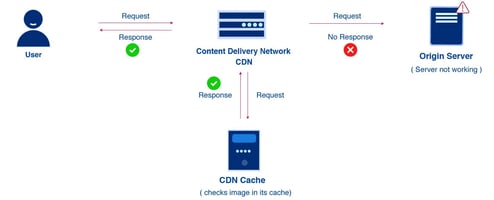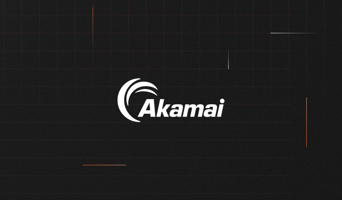In the fast-paced world of online content delivery, Content Delivery Networks (CDNs) play a pivotal...
Integrating CDN with Cloud Services
In the rapidly evolving digital landscape of 2024, the integration of Content Delivery Networks (CDNs) with cloud services has become a pivotal strategy for developers aiming to optimize performance, reliability, and scalability. This article synthesizes insights from leading sources, offering a comprehensive guide to best practices in CDN and cloud service integration.
Multi-CDN Strategy
A multi-CDN approach significantly enhances content delivery's resiliency, scale, and performance. Key practices include:
- Group Content by Type: Partitioning content by grouping similar types (HTML, JS, CSS, images, videos, API, etc.) and serving them through specific CDNs optimized for those content types improves traffic distribution and leverages CDN features specific to content types.
- Ensure Consistent Headers for Troubleshooting: Implementing consistent headers across CDNs aids in diagnosing problems efficiently, enabling quick identification of issues such as cache hits or misses.
- Consistent Hashing: Utilizing consistent hashing for content ensures deterministic CDN selection, which improves cache-hit ratios and optimizes performance.
- CDN Stacking: Layering one CDN behind another consolidates requests, improving cache hit rates and reducing total cost of ownership (TCO).
- Monitoring and Reporting: Establishing consistent monitoring parameters across CDNs enables better performance analysis and fine-tuning of the multi-CDN setup.
Google Cloud CDN Optimization
For those utilizing Google Cloud CDN, specific practices can further enhance content delivery:
- Analyze Traffic Patterns: Understanding your website's traffic distribution and nature can help fine-tune your CDN configuration for optimal performance.
- Data Center Selection: Opting for data center locations closest to your target audience minimizes latency and accelerates content delivery.
- Cache Expiration Times: Setting appropriate cache expiration times for different types of content ensures users receive up-to-date information while leveraging caching efficiency.
- Content Compression: Enabling content compression reduces data transfer volumes, enhancing load times and improving overall user experience.
Integrating CDN with cloud services requires a strategic approach that balances performance optimization with cost efficiency and reliability. By adopting a multi-CDN strategy and tailoring practices specific to the chosen cloud CDN provider, developers can ensure their applications deliver a seamless and fast experience to users worldwide. The successful implementation of these best practices can dramatically improve the scalability, reliability, and efficiency of content delivery networks in harmony with cloud services, positioning businesses to better meet the demands of their global audiences in 2024 and beyond.
This synthesis of best practices for integrating CDN with cloud services in 2024 is designed to guide developers through optimizing their content delivery strategies. By considering the outlined approaches, developers can achieve a balance of performance, cost-efficiency, and reliability, ensuring their applications are well-positioned to meet the evolving demands of a global audience.


